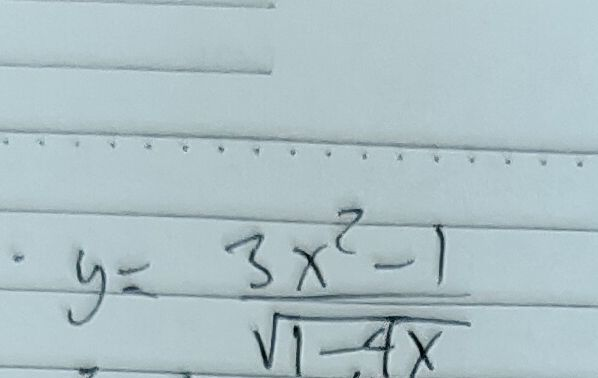AI tutor
Full solution
Q.
- Identify Components: First, we need to identify the components of the expression. We have a numerator which is a polynomial and a denominator which is a square root of a binomial . There is no immediate simplification that can be done since the numerator and the denominator are not similar terms and cannot be factored in a way that would cancel out terms across the numerator and denominator.
- Check Domain Restriction: Next, we should check if there are any restrictions on the domain of the function due to the square root in the denominator. The expression inside the square root, , must be greater than or equal to zero because the square root of a negative number is not defined in the set of real numbers. Therefore, we have the inequality , which simplifies to . This is a domain restriction, not a simplification of the expression.
- Expression Simplification: Since there are no common factors between the numerator and the denominator, and no further algebraic simplification is possible, the expression is already in its simplest form. We cannot simplify it further without knowing the specific value of (which must satisfy the domain restriction ).
More problems from Simplify variable expressions using properties
QuestionGet tutor help

